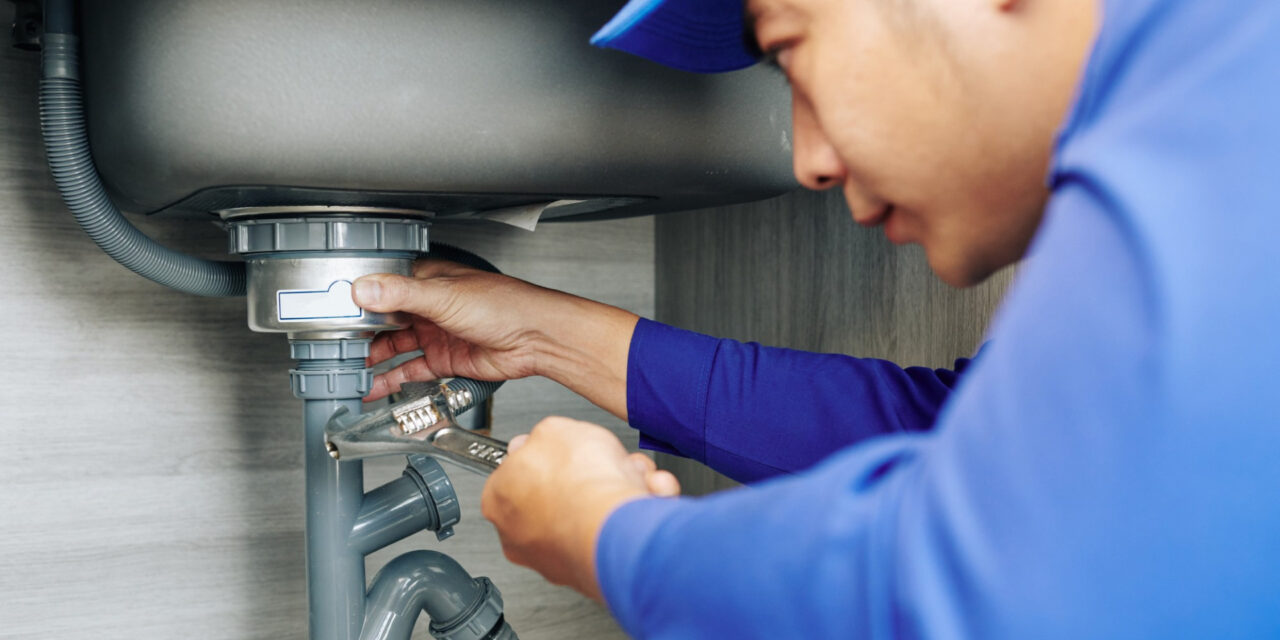What're your ideas with regards to Locating water leaks?

Early detection of dripping water lines can reduce a possible calamity. In addition to conserving you cash, it will decrease the aggravation and irritation. The moment you discover a leakage, calling your plumber for repairs is the very best remedy. Nevertheless, some small water leaks may not be visible. If you can not detect it with your naked eyes, below are some hacks that aid.
1. Take A Look At the Water Meter
Every house has a water meter. Inspecting it is a guaranteed manner in which helps you uncover leaks. For beginners, shut off all the water resources. Make certain nobody will certainly purge, use the faucet, shower, run the cleaning device or dish washer. From there, most likely to the meter and watch if it will alter. Given that nobody is using it, there need to be no movements. That indicates a fast-moving leakage if it moves. If you detect no adjustments, wait an hour or two and also examine back once again. This indicates you might have a sluggish leakage that might also be below ground.
2. Examine Water Usage
Evaluate your water costs and track your water intake. As the one paying it, you ought to see if there are any inconsistencies. If you detect sudden changes, despite your usage coinciding, it suggests that you have leaks in your plumbing system. Keep in mind, your water costs need to drop under the exact same variety monthly. An unexpected spike in your bill suggests a fast-moving leakage.
At the same time, a stable increase every month, even with the very same practices, shows you have a slow leak that's likewise slowly escalating. Call a plumber to completely inspect your home, especially if you feel a warm area on your floor with piping beneath.
3. Do a Food Coloring Examination
When it concerns water usage, 30% originates from commodes. Examination to see if they are running properly. Drop flecks of food shade in the container and also wait 10 mins. If the shade in some way infiltrates your bowl during that time without flushing, there's a leak between the tank and dish.
4. Asses Exterior Lines
Don't forget to check your outdoor water lines also. Should water permeate out of the connection, you have a loose rubber gasket. One tiny leakage can throw away bunches of water and also surge your water bill.
5. Examine the situation as well as inspect
Homeowners need to make it a routine to check under the sink counters and also even inside cupboards for any kind of bad odor or mold growth. These two warnings show a leak so punctual interest is required. Doing regular assessments, also bi-annually, can save you from a significant problem.
Examine for stainings as well as damaging as many appliances as well as pipes have a life span. If you believe leaking water lines in your plumbing system, don't wait for it to intensify.
Early discovery of dripping water lines can mitigate a prospective catastrophe. Some little water leakages might not be noticeable. Checking it is a surefire way that helps you find leakages. One small leakage can throw away tons of water and increase your water costs.
If you presume leaking water lines in your plumbing system, do not wait for it to escalate.
WARNING SIGNS OF WATER LEAKAGE BEHIND THE WALL
PERSISTENT MUSTY ODORS
As water slowly drips from a leaky pipe inside the wall, flooring and sheetrock stay damp and develop an odor similar to wet cardboard. It generates a musty smell that can help you find hidden leaks.
MOLD IN UNUSUAL AREAS
Mold usually grows in wet areas like kitchens, baths and laundry rooms. If you spot the stuff on walls or baseboards in other rooms of the house, it’s a good indicator of undetected water leaks.
STAINS THAT GROW
When mold thrives around a leaky pipe, it sometimes takes hold on the inside surface of the affected wall. A growing stain on otherwise clean sheetrock is often your sign of a hidden plumbing problem.
PEELING OR BUBBLING WALLPAPER / PAINT
This clue is easy to miss in rooms that don’t get much use. When you see wallpaper separating along seams or paint bubbling or flaking off the wall, blame sheetrock that stays wet because of an undetected leak.
BUCKLED CEILINGS AND STAINED FLOORS
If ceilings or floors in bathrooms, kitchens or laundry areas develop structural problems, don’t rule out constant damp inside the walls. Wet sheetrock can affect adjacent framing, flooring and ceilings.
https://www.servicemasterbyzaba.com/blog/how-to-detect-water-leakage-in-walls/

Hopefully you liked our post on Hacks to detect leaks. Thanks a ton for spending some time to read our piece of content. Those who appreciated our article kindly make sure you remember to pass it around. Thanks so much for your time invested reading it.
Call Us Today